the new mazda 5
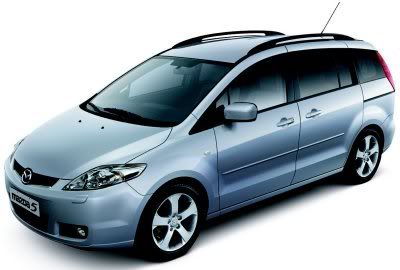
Mazda is launching an all-new MPV, the Mazda5 at the 2004 Paris Motor Show, which will rival cars such as the popular Renault Scenic and VW Touran.The Mazda5 is the company's fifth new-generation global product, following Mazda6, Mazda2, RX-8 and Mazda3.It is based on the Mazda MX-Flexa concept car which was revealed at the Geneva Motor Show earlier this year.Designed from the inside out, Mazda5 will provide space wagon comfort and a unique "6 + One" packaging concept that provides flexible space in the vehicle's center.As such, individual markets will be able to configure the vehicle for up to seven passengers or provide seating for six with additional storage capacity.In line with Mazda's Zoom-Zoom promise, Mazda5 will deliver a fresh exterior design with two, wide-opening sliding doors and driving dynamics that customers have come to appreciate from all Mazda new-generation vehicles.Four engines will be offered to satisfy diverse global needs-two gasoline engines and, developed specifically for European markets, two versions of a common-rail turbo diesel engines.
|
|
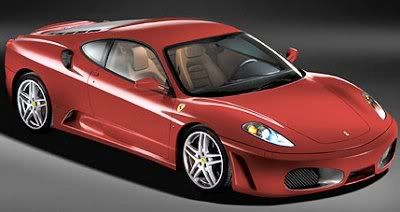
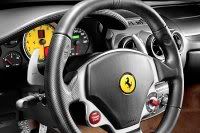






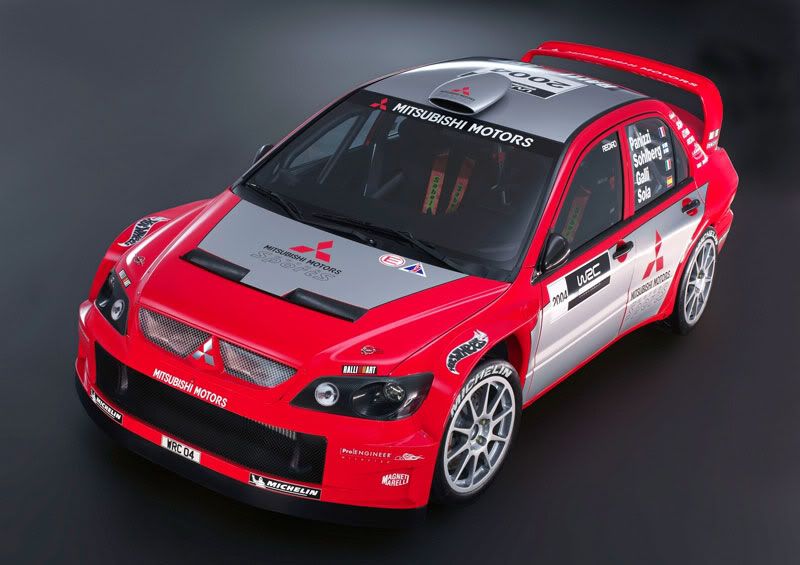
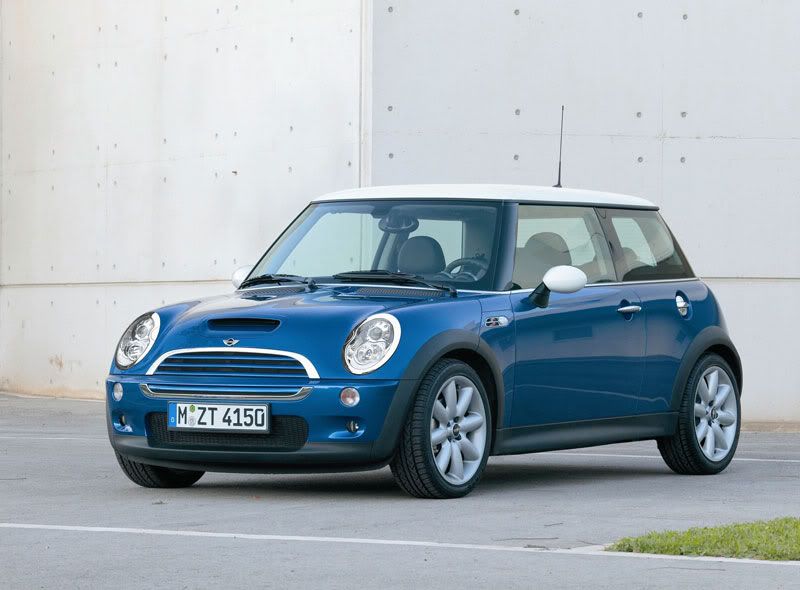
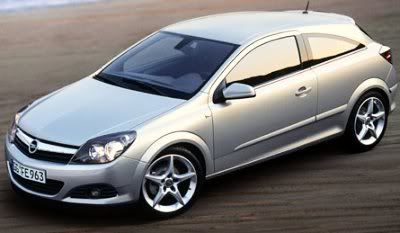
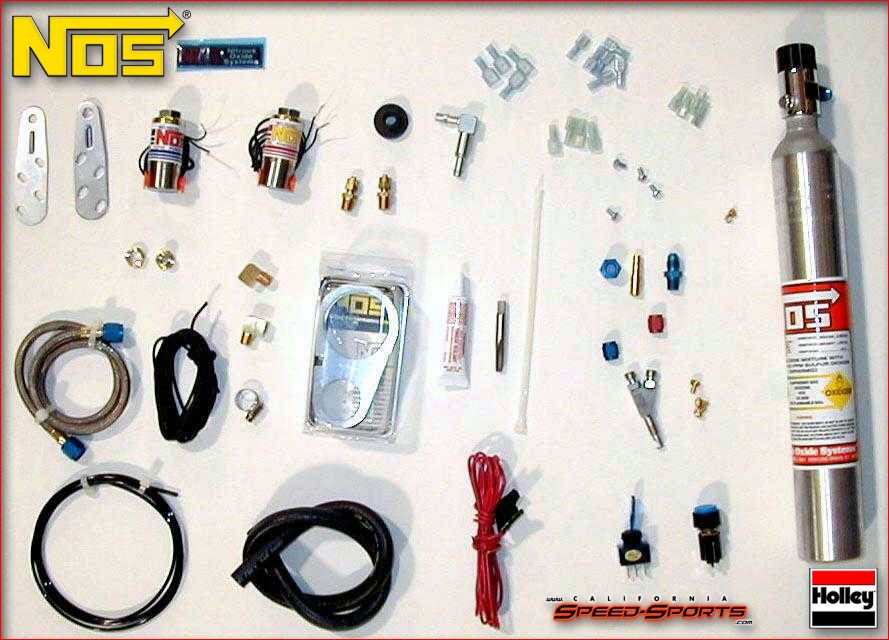
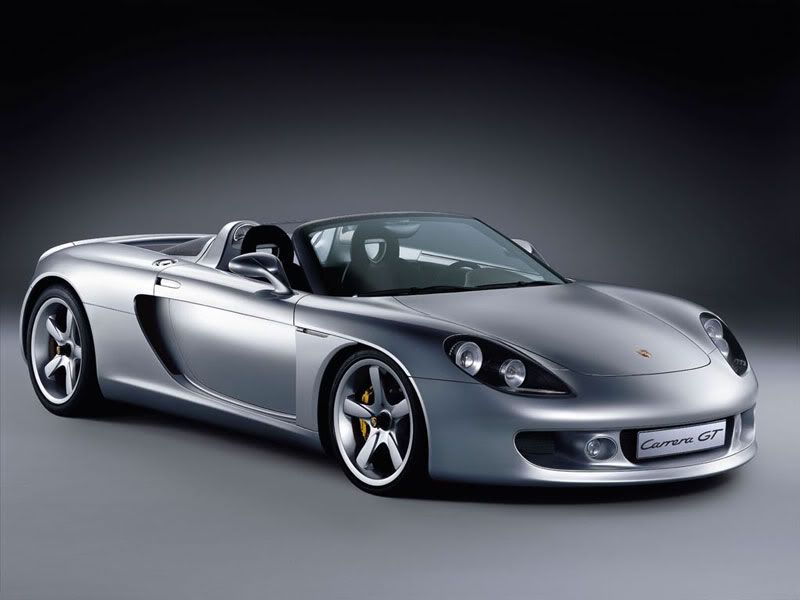



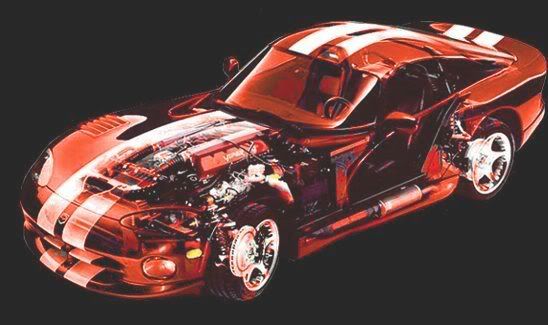

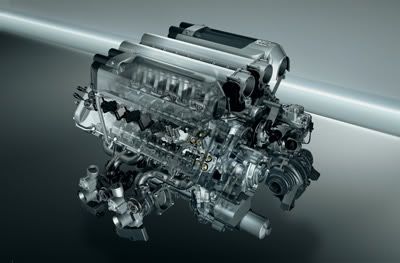
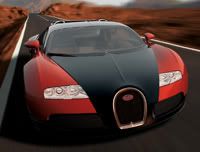
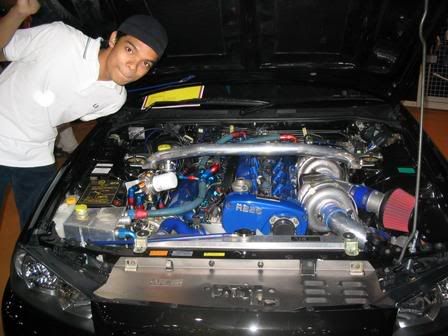
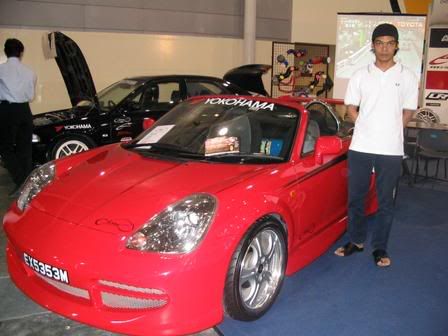
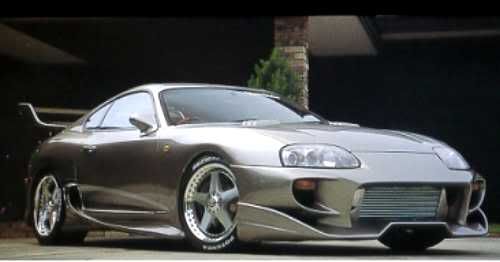 A site For All u Car lovers..........
A site For All u Car lovers..........